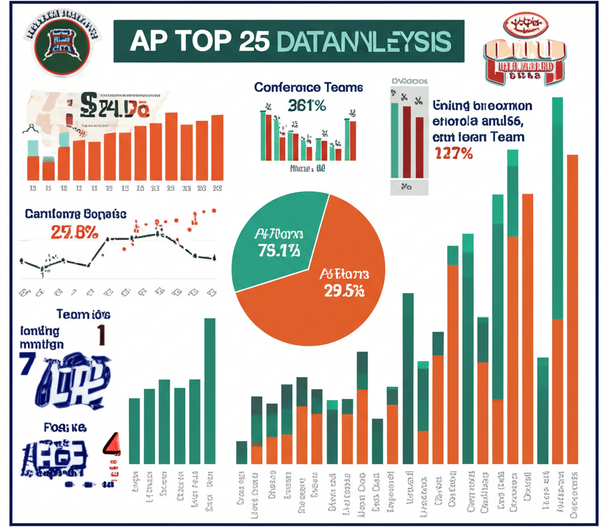The AP Top 25 is more than just a collegiate ranking system; it offers a wealth of data that can significantly enhance digital insights and analytics across various industries. In this post, we explore how businesses can leverage the data provided by the AP to inform marketing strategies, improve consumer engagement, and boost overall performance.
Understanding the AP Top 25
The AP Top 25 college football poll ranks the best teams in the National Collegiate Athletic Association (NCAA) Division I Football Bowl Subdivision. Each week, sports writers and broadcasters submit their votes to create a ranking schema that reflects team performances. The insights derived from these rankings extend beyond sports, influencing sectors such as marketing and business analysis.
Why Leveraging AP Top 25 Data is Important
- Consumer Behavior Insights: The popularity of ranked teams can affect merchandise sales, ticket sales, and viewer engagement.
- Targeted Marketing Campaigns: Brands can tailor their marketing strategies based on team rankings and the communities that support them.
- Data-Driven Decisions: Analyzing historical trends associated with AP rankings can guide business strategies in targeting demographic groups.
How to Utilize AP Top 25 Data
Businesses can adopt several data analysis approaches to gain insights from the AP Top 25 data:
- Competitive Analysis: Compare your brand’s performance with rivals who may sponsor or partner with these teams.
- Predictive Analytics: Use past rankings to forecast future trends in sports merchandising and consumer interest.
- Social Media Engagement: Analyze social media trends related to teams within the AP Top 25 to enhance engagement strategies.
Incorporating AP Top 25 data into analytics frameworks provides a richer context for understanding market dynamics and consumer preferences.
Internal Link Suggestions
- Unlocking Automation: N8N for Future Workflow Tools
- Palantir Technologies: Innovation in Data Analytics
Conclusion
By successfully leveraging AP Top 25 data, businesses can drive meaningful insights, enhance their analytics capabilities, and craft targeted strategies that respond to consumer behavior effectively. As we navigate an increasingly data-driven world, integrating such valuable datasets can yield significant competitive advantages.








